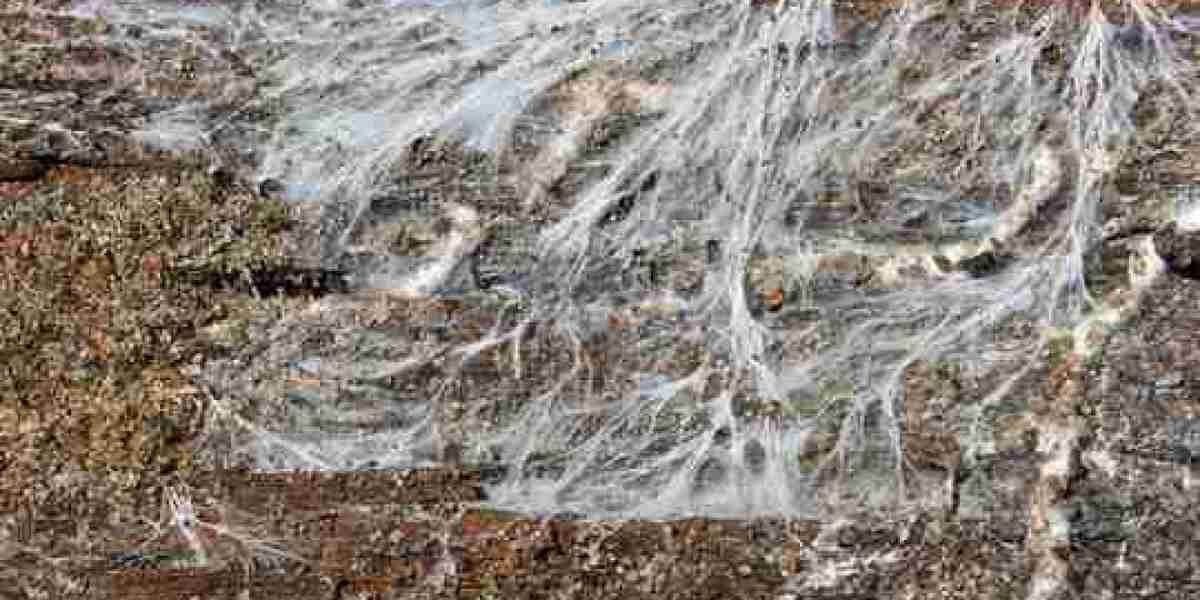The Mycelium Market is undergoing rapid transformation due to a confluence of innovation, environmental demand, and shifting industrial paradigms. Derived from the root-like structure of fungi, mycelium has gained attention for its unique characteristics: it's biodegradable, strong, lightweight, and grows rapidly using low-cost agricultural waste. These qualities have enabled mycelium to emerge as a disruptive material across multiple sectors—from sustainable packaging to plant-based meat alternatives and eco-friendly construction materials. Understanding the factors influencing the market’s trajectory is essential for stakeholders, innovators, and policymakers seeking to navigate this dynamic space.
1. Sustainability and Environmental Awareness Driving Demand
One of the most significant factors impacting the mycelium market is the global surge in environmental awareness. Consumers and industries alike are actively seeking sustainable alternatives to petroleum-based products, plastic, and animal-derived goods. Mycelium offers a natural, biodegradable substitute that aligns perfectly with circular economy goals and carbon-neutral strategies.
Particularly in the packaging sector, mycelium-based alternatives are gaining traction as companies respond to consumer pressure and regulatory mandates to reduce plastic waste. Multinational corporations like Dell and IKEA have already experimented with mycelium packaging for their products, setting a precedent for broader adoption. As sustainability becomes a core business imperative, the demand for bio-based solutions like mycelium is expected to grow significantly.
2. Technological Advancements in Mycelium Cultivation and Processing
Technology plays a pivotal role in scaling the mycelium industry. Traditional cultivation methods—growing fungi on agricultural waste—have now been optimized through biotechnology and controlled-environment agriculture. Innovations such as genetic modification, precision fermentation, and automated vertical farming systems have significantly improved yield, consistency, and scalability.
Startups and research institutions are focusing on engineered mycelium strains tailored for specific applications—such as enhanced tensile strength for building materials or improved texture for food products. Furthermore, 3D printing with mycelium composite materials is beginning to unlock new architectural and design possibilities. As technological capabilities mature, production efficiency will increase, reducing costs and widening accessibility.
3. Expanding Applications Across Diverse Industries
Mycelium’s versatility contributes greatly to its market momentum. It is increasingly being used in:
Packaging: Biodegradable and compostable mycelium packaging is replacing polystyrene and other plastics.
Textiles: Mycelium leather (e.g., Mylo™) is being adopted in the fashion industry as a sustainable alternative to animal leather.
Food: Mycelium-based meat alternatives, such as those developed by Meati Foods or Nature’s Fynd, offer high protein, low-fat, and low-impact options for health-conscious consumers.
Construction: Mycelium bricks and insulation materials are being tested for fire-resistance, durability, and low embodied carbon.
This expanding range of applications diversifies revenue streams and encourages cross-industry collaboration, further strengthening the mycelium ecosystem.
4. Regulatory Environment and Policy Support
Government regulations and international environmental policies are playing a dual role in supporting and challenging the mycelium market. On the one hand, policies banning single-use plastics, incentivizing bio-based materials, and subsidizing sustainable startups create a favorable landscape for mycelium-based products. For instance, the EU’s Green Deal and the U.S. Inflation Reduction Act offer various forms of support for sustainable material innovation.
However, regulatory frameworks can also pose challenges, particularly in food and health-related applications. The classification of novel food ingredients, strict safety testing requirements, and labeling laws can slow down commercialization timelines. Companies must navigate these hurdles while maintaining innovation and compliance.
5. Investment and Startup Ecosystem
The influx of venture capital and impact investing is another major factor shaping the mycelium market. Startups focusing on sustainable innovation are attracting significant funding, especially those developing scalable solutions in packaging, meat alternatives, and fashion. This capital enables research, infrastructure development, and market entry at a faster pace.
Furthermore, the rise of incubators and accelerators dedicated to biofabrication and synthetic biology is helping to bridge the gap between lab-scale innovation and industrial production. This robust ecosystem supports commercialization, talent acquisition, and global expansion.
6. Consumer Perception and Market Education
While the science and sustainability of mycelium are compelling, consumer perception remains a critical influencing factor. Some markets are still unfamiliar with fungi-based materials, and misconceptions about safety, hygiene, or taste can slow adoption—particularly in food and fashion sectors.
Educational campaigns, transparent labeling, and brand storytelling will be essential to build trust and inform consumers about the benefits of mycelium. As awareness grows, so will acceptance, loyalty, and willingness to pay a premium for environmentally responsible alternatives.
Conclusion: The Future Outlook of the Mycelium Market
The mycelium market is positioned at the intersection of environmental necessity, technological innovation, and industrial reinvention. While scalability, regulatory clarity, and consumer education remain key challenges, the market’s growth potential is undeniable. As governments tighten sustainability mandates and industries seek renewable alternatives, mycelium will play a growing role in shaping a regenerative, circular economy.







